The rich Vicky, the district of La Victoria in Lima
Hello everyone! I hope that all of you are well.
When we talk about the rich Vicky, we automatically think of the Lima Alliance Sports Club and also of places like the Plaza Manco Capac, but we most often think of the largest clothes shopping center in Peru and the region. I’m talking about Gamarra.
Every Blood
The district of the "rich Vicky" or rather La Victoria is one of the most populous districts we have in Lima, that is why in this publication I am going to tell you a little more about the interesting points of "the rich Vicky ”.

The district of La Victoria is almost ready to celebrate 100 years since its foundation as I know it was established as a district in the year of 1920, like many parts of Lima you will realise that in La Victoria there is a pre-Hispanic, colonial past with its estates and republicans until the present day.
A district that has even been the cradle of the Afro-Peruvian sectors of the capital, where you can find its fantastic restaurants and eat its ceviche, and where you can get clothes at a very comfortable price, like in Gamarra.
We will also see another focus point that, despite not being of tourist interest, is an economic point of Lima: the well-known Parada.
Pre-Hispanic Past
It is a district of tradition and also of a lot of industry, this populous district combines tradition and progress. Its history from pre-Hispanic times can be found in the area of Santa Catalina and Balconcillos. However, what we can see today is only a small portion of everything we can find in La Victoria regarding its Pre-Hispanic stage, as it is only maybe 20% of what it was at the time, you can imagine all the archaeological wonders that La Victoria has come to have and what it has lost due to the passing of time and the “development of modernity” to which we have given more importance.
This whole pre-Hispanic area of La Victoria was already an urbanised area that reaches the current districts of Lince and had a wide distribution and connection that belonged to a culture called Limatambo.
Therefore, as we have been able to see in La Victoria, we can find the “huacas” (tombs) of Santa Catalina and Balconcillos. According to the investigations of different archaeologists such as Luis Lumbreras, these two huacas were connected to the Limatambo area which also connected to the network of roads of the Incas. Do you know which one I mean? Well, nothing more and nothing less than the famous Qapac Ñam of the Incas.

Unfortunately, these places have been disappearing due to the urbanisation process that the district has received. On the other hand, the good news is that as of 2010 these two huacas have been included in the Copesco plan which gives the support and sustenance to keep their value. Therefore, dear friends, you must visit these two important centres!
Commercial Movement
The interesting thing about La Victoria, as well as Lima, is that we realise that there are so many archaeological centres that must be first in line as a priority for us to respect them and give them the love they need to continue to flourish and develop. A sustainable activity aimed at students, neighbours, national citizens and foreign visitors who decide to come to this point of Lima.
There are so many things that can be seen and done in La Victoria, this populous district has the duty and the right to reinvent itself in order to remain important over the years, and not only in the economic aspect with Gamarra or La Parada, which I will also talk about later.
Of the two archaeological centres we can see that the best preserved is that of Santa Catalina.
During the Viceroyalty, the Victoria area was destined for agriculture, therefore many of its canals that existed at that time were used for the irrigation of agricultural products that were planted throughout this territory.
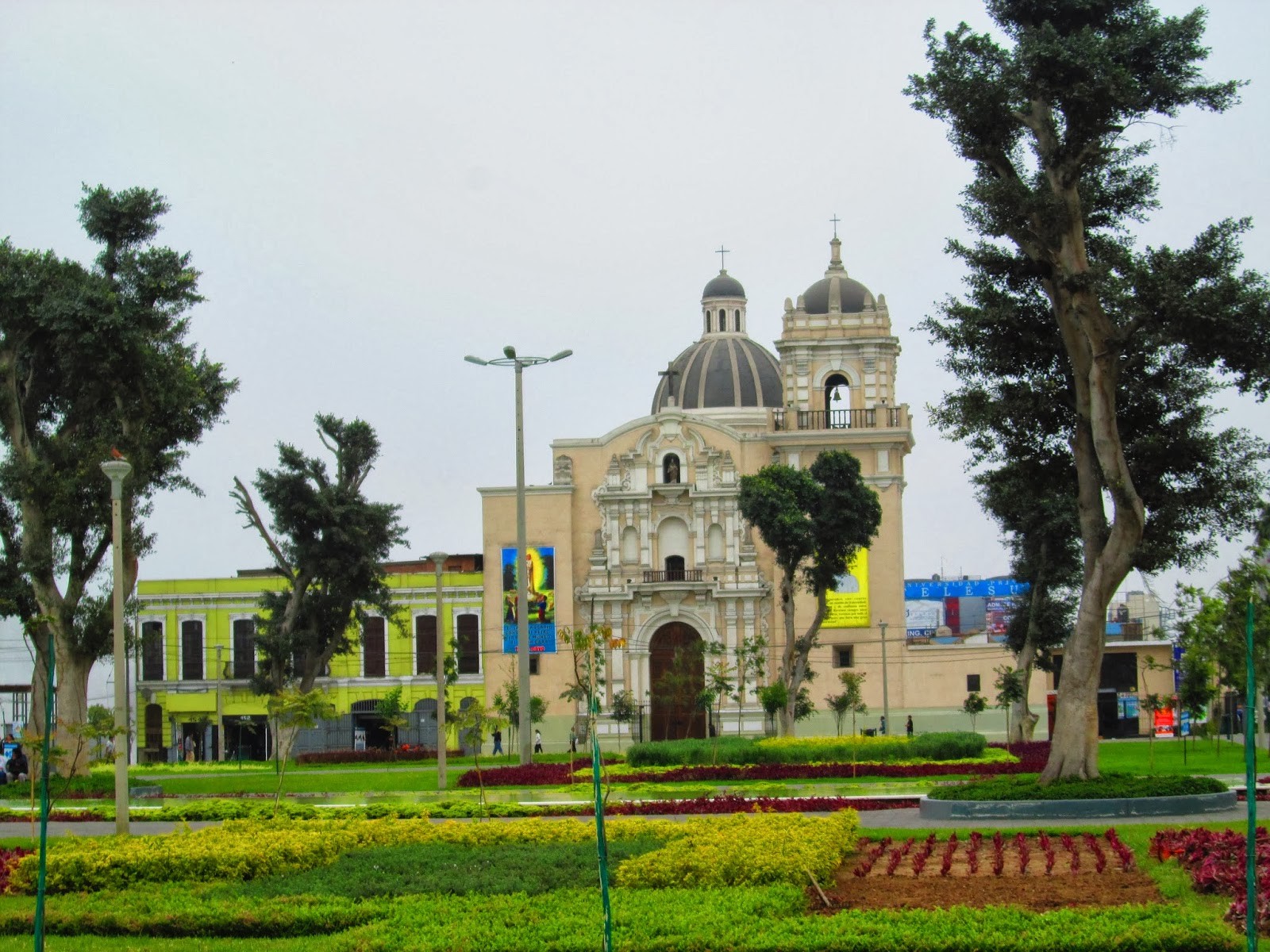
What is now the central part of La Victoria was previously used by one of the Rimac River mouths known as Huatica.
Victoria as a district has its origins in the colonial estate Cabezas that in the seventeenth century belonged to a man with the same last name: Juan Cabezas. Over the years this estate was transformed into farmland and has changed both owners and name.
Its name changes to La Victoria
The direct heir of the Cabezas farm was the heir of La Victoria. The farm of La Victoria was named after its owner who was called Victoria Tristán, wife of the President of the Republic, Rufino Echenique. With this we see the importance of these territories.
The tradition goes that Victoria hosted a great party in the eighteenth century where the Lima elite gathered in vast numbers, among them was Ricardo Palma, who later narrated it in his literary work "Peruvian Traditions".
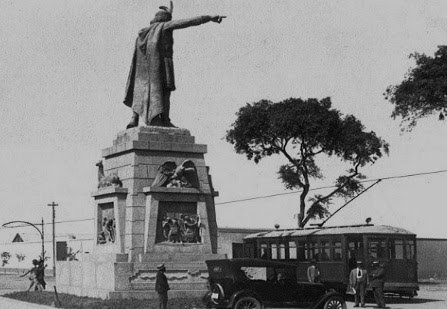
According to the historian Jorge Basadre, at this time the two Limas began to merge together. On the one hand there were the colonial elite and on the other there were the new rich such as the Guano and the Silitre, which were exploited in these times of splendour in Lima and Peru before the Chilean War.
Lima was surrounded by walls for almost two centuries. Next to what is now Grau Avenue there were three doors that connected the centre of Lima with the territories of the current "rich Vicky".
The new Lima
Some time later, the walls were destroyed due to plans to make the area of the current district a new area for the working class of Lima, among the important characters of this project we have Enrique Meiggs. Unfortunately, due to the social and short-term issues of history, this process was stopped halfway through.
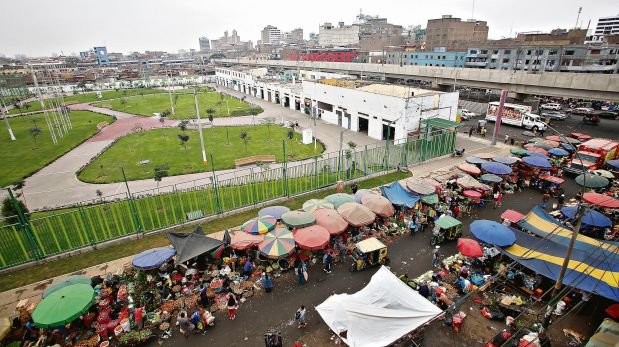
At the end of the 19th century, the economic recovery of the country began, which also brought economic development to this part of La Victoria. In this context even foreign immigrants, such as Italians, arrived to the area of La Victoria to develop the textile industry. This would be seen as a precedent for the boom of the current Gamarra.
Arriving into the 20th century, the polytechnic university was also inaugurated and, little by little, the new Lima of that time was built here. The size of La Victoria was much larger than it is today, even being part of the district of Miraflores.
Several streets of La Victoria had begun to be named with names of Italians because their first mayor was of Italian nationality. We are already reaching the 1820s. At that time, there were two thriving districts in Lima, the districts of La Victoria and Rimac were being established, with a very promising idea of being an industrial zone for Lima.
The first Inca statue in Lima
Another of the monuments that can be found in the district of La Victoria is the statue to the Inca Manco Capac, which is located in the square of the same name and that was a gift from the Japanese colony on the occasion of the first Centenary of the Independence of Peru.
At first it was thought that this monument had to be near the Congress of the Republic but later it was decided to change the location of this project to where would be the “new Lima”. Its construction began in the year of 1922 and ended in the year of 1926.
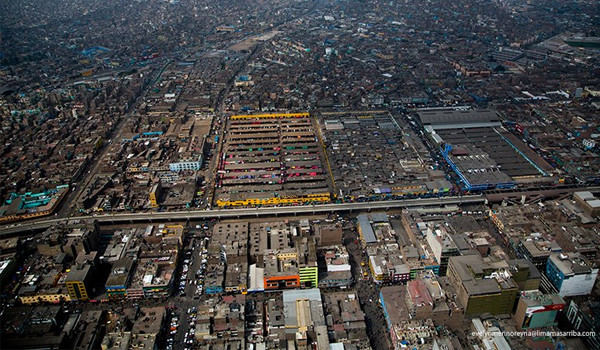
In the beginning, this monument was located between the avenues of Grau and Santa Teresa, and then it was transferred to the current Manco Capac Square, which has been recently renovated. Before the image of Manco Capac there was a statue of the president of that time there: Augusto B. Leguia. Therefore, the monument has remained here since 1930.
In the year of 1946, this municipal palace was already built and had a population of almost three thousand inhabitants and, by that time, we know that the presence of the Afro-Peruvians was very strong, since there are vestiges of the dances of the black people that were in this part of the ”new Lima".
One of the dances that the Afro-Peruvian people danced the most during these times was the “son of the devils” in a street parallel to what is now known as the Manco Capac square, where a competition was even held and the winners won spirits or bottles of Piscos.
Within the “rich Vicky" they also found, bit by bit, what we know today as rocks. There, for example, is Valentina's rock with Creole composers came to her rock to sing, such as Manuel Acosta Ojeda himself.
Popular area of dreams
Since the beginning of the 20th century, municipal authorities set out to change the slum situation in Lima, the first project being the number one working class that still exists today in La Victoria.
It was in the decade of President Oscar Benavides that the current Almenara hospital and the working-class neighbourhood that I just mentioned were built.
Something interesting that I can tell you is that the first red light district of Lima, also known as "Huatica", was also developed.
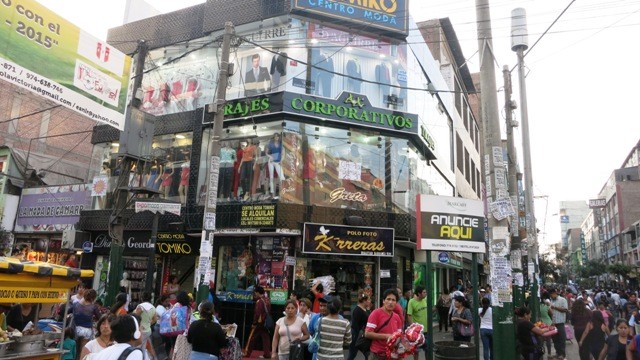
Little by little, the district of La Victoria was developed and with it the new boom of the district. Because its limits ended at where is now the central road, it therefore always received the men whose wide trucks brought each of the products that were brought from the mountains.
In these trucks for food produce they also brought in the different people of the province who arrived in search of new opportunities within the Peruvian capital. The colonial Lima of the historic centre was already disappearing and with it a new Lima was growing overwhelmingly because of the mission of many Peruvians to find a job to support their families.
Globalisation
In 1945, the Parada was officially created. This place is the Wholesale Market of Lima, the name is even related to immigrants since it is said that it has its name because this was the last stop (parada in Spanish) for the trucks that arrived from the mountains and transported Peruvians who arrived in Lima in search of new horizons and dreams.
Migrants, after hours of travel, came to enjoy a tasty chicken broth that was comforting and that we can still enjoy today in this part of La Victoria.
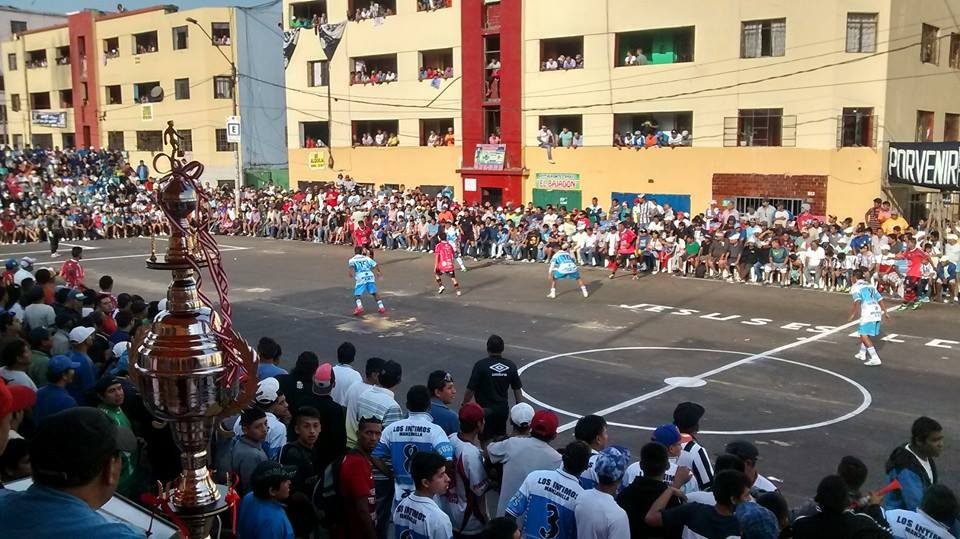
People from abroad came flooding into the surrounding hills, such as San Cosme and Agustino, leaving no space for anyone else.
In the foothills of the San Cosme hill, the person we know as Chacalón, whose intense music called chicha would later be born, reflected the feelings of migrants.
Due to the competitive prices, La Parada began to bring in different clients from many parts of Lima. However, after a long boom, slums and crime began to gradually emerge into this part of the “New Lima”.

Later on, these agricultural lands were urbanised and six-story buildings were built for popular sectors in where we know today as “El Porvenir” (the area of the future). For the first time in history, private capital began to invest in the houses of popular sectors.
El Porvenir
When we talk about El Porvenir, it means we are talking about the famous mini World Cup of El Porvenir that was created by three neighbours in this area. In the beginning, it brought problems, but later they were able to obtain the permission of the commissioners. In the beginning, only eight teams participated, but today, as we know, hundreds play.
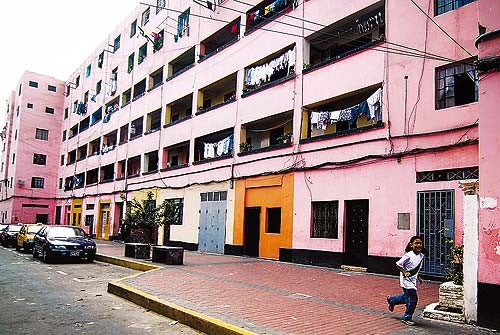
In the year of 1960, security had even begun to be offered. Every first day of May the final is played and brings with it people who come to not only enjoy football but also to listen to good music and eat delicious food.
The football that takes place in La Victoria has already become a tradition and to a certain extent it is a bit dangerous to be here when this activity of the neighbourhood players, and even the professional players, is carried out.
Lima Alliance
The Matute neighbourhood unit is another of the works that is being carried out in La Victoria that began in 1952 and that belonged to Matute's company. This construction of residential complexes corresponded to President Manuel Odría and, in fact, they were one of the first of its kind in Latin America.
The road to this process was not easy and only after 10 years was the work resumed, during the government of President Fernando Belaunde Terry.
This whole area is currently known as Matute due to its proximity and also due to the Alianza Lima stadium.
In La Victoria, two teams with great support emerged: Mariscal Sucre and the Lima Alliance Club (Alianza Lima) in the year of 1901, becoming not only one of the most important years in Lima but all over Peru.
Alianza Lima plays an important role in the identity of the district since the white and blue team was formed here.
We cannot talk about La Victoria without talking about the Alianza Lima team, characterized with its roguish and elegant team. The Alianza Lima stadium was inaugurated within the district of La Victoria, and its first match was Alianza Lima versus the Uruguayan team, where they both drew.
Another thing that we can also see is the presence of the gypsies who came to the district to read the letters, as we are seeing there were Italian, Arabic and gypsy people.
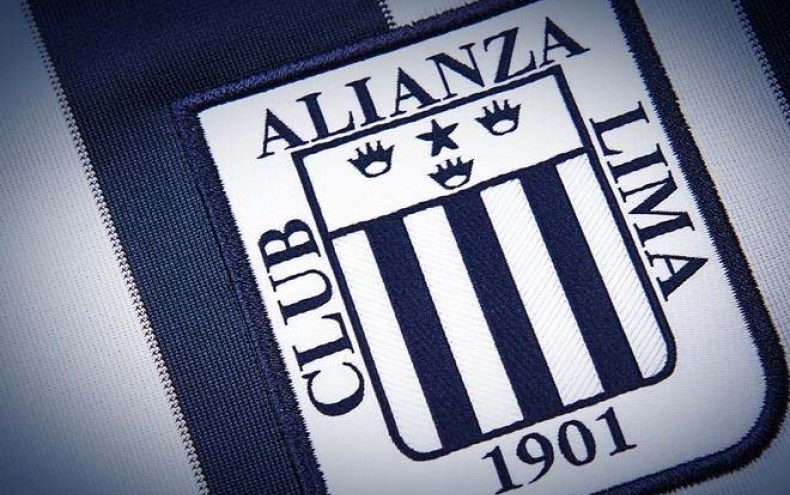
Then we also have the arrival of the Japanese, the famous Furukawa glassworks are proof of this.
You could also see the cinemas and popular festivals that took place in the district, such as the Boleristas that later were going to become great stars of Lima, like Lucho Barrios.
The new Victoria was striving to become a thriving and commercial district with its axes as the market in La Parada and the Gamarra market.
Gamarra is an example of a thriving point in Lima. When the people here couldn’t find work, they had to start looking for it and they prospered without any formal credit, and therefore Gamarra quickly became an important place to the capital, an irrefutable point of its great development, and today Gamarra's dream is now a great reality.
A breath of fresh air into the city
They have begun to build different buildings and galleries here. Gamarra is the example of La Victoria of provincials who arrived without having anything and then became great owners of their businesses.
New garments are being developed with more designs and new trends all the time. Without Gamarra we could not understand the development of this society that grew little by little. The population that was growing began to live around Gamarra and therefore began to create different businesses within the area.
La Victoria faces many challenges in this new century; it represents the strength of the new people of Lima, the epicenter of popular capitalism and entrepreneurial culture and the informal economy. Gamarra is such a clear example of the development of this culture.
One of the most traditional districts of Lima's culture, a thriving district that advances thanks to the very important contribution of the provincials who have arrived here, although it is true that there are problems that must be solved.
I hope you liked this homage to La Victoria and that you also value all the things that can be found here. Thank you very much for reading this homage to the district of the “rich Vicky”, and see you next Lima lovers!
Photo gallery
Content available in other languages
Want to have your own Erasmus blog?
If you are experiencing living abroad, you're an avid traveller or want to promote the city where you live... create your own blog and share your adventures!
I want to create my Erasmus blog! →






























Comments (0 comments)